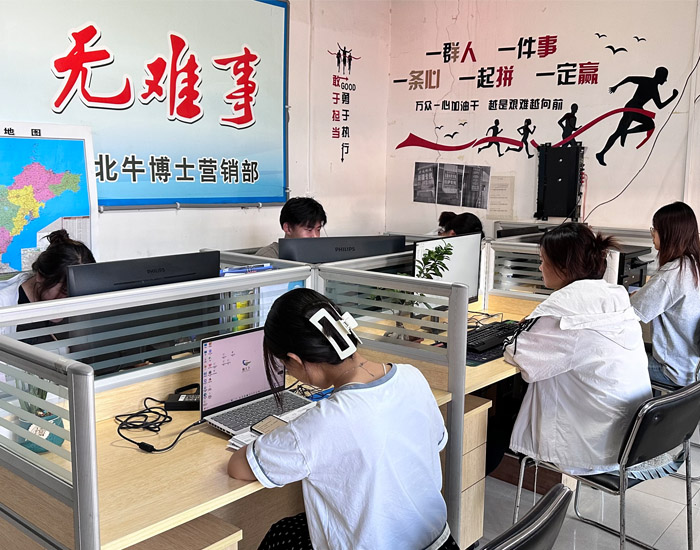corn harvester
The Evolution and Importance of Corn Harvesters
Corn has long been a staple crop in many countries around the world, and its significance stretches beyond just the dinner table. From cornmeal to popcorn, livestock feed to biofuels, corn plays an indispensable role in global agriculture and food industries. As the demand for corn continues to rise, so does the need for efficient harvesting techniques. This is where the corn harvester comes into play—a remarkable piece of machinery that has revolutionized the way corn is cultivated and harvested over the years.
The Historical Context
Historically, corn harvesting was a labor-intensive process that relied heavily on manual labor. Farmers would often spend countless hours in the fields, using hand tools to detassel, husk, and collect the corn. This method, while effective in its time, was slow and prone to human error. As agricultural practices evolved, so did the tools used for harvesting. The introduction of mechanized harvesters in the mid-20th century marked a significant turning point in this evolution. Harvesters began to utilize cutting-edge technology to streamline the process, making it faster, easier, and more efficient.
How Corn Harvesters Work
Modern corn harvesters are sophisticated machines equipped with various features designed to maximize efficiency. These machines typically consist of several key components, including a cutter head, gathering chains, and a kernel processor. The cutter head is responsible for cutting the stalks of corn at ground level, while the gathering chains drag the plants into the machine, where they are processed.
Once inside, the corn undergoes husking and shelling processes, where the kernels are separated from the cob. The efficient design of these machines allows them to cover large areas of land in a relatively short amount of time, significantly reducing labor costs and increasing productivity. Some advanced models even incorporate GPS and precision farming technology, enabling farmers to optimize their operations further and minimize environmental impact.
corn harvester

The Benefits of Using Corn Harvesters
The adoption of corn harvesters has provided numerous benefits to farmers and the agricultural sector as a whole. Firstly, these machines significantly reduce the time required for harvesting, allowing farmers to allocate their resources more effectively. This is especially vital during peak harvest seasons when weather conditions can be unpredictable.
Secondly, the efficiency of corn harvesters leads to a decrease in labor costs. Manual harvesting requires substantial human resources, which can strain a farmer's budget. By using harvesters, farmers can accomplish the same work with far fewer hands, reducing operational costs and increasing profitability.
Finally, corn harvesters contribute to the overall quality of the harvested corn. The precision with which modern harvesters operate minimizes damage to the plants, which translates to higher-quality yields. High-quality corn is not only more valuable in the market but also contributes to better end products for consumers, enhancing the sustainability of the agricultural industry.
The Future of Corn Harvesting
As technology continues to advance, the future of corn harvesting looks promising. Innovations such as automated and robotic harvesters are on the horizon, which could further enhance efficiency and reduce the environmental footprint of farming. Additionally, the integration of artificial intelligence will allow for more precise monitoring of crop health and yield forecasts, enabling farmers to make data-driven decisions.
In conclusion, corn harvesters have transformed the agricultural landscape, driving efficiency and productivity in corn farming. Their evolution has not only lightened the burden on farmers but also increased the sustainability and quality of corn production. As we look to the future, the ongoing development of harvesting technology promises to continue shaping the way we cultivate one of the world's most essential crops. The importance of corn harvesters cannot be overstated; they are a testament to how innovation can profoundly impact agriculture and food security around the globe.
Latest news
-
When to Upgrade Your Old Forage HarvesterNewsJun.05,2025
-
One Forage Harvester for All Your NeedsNewsJun.05,2025
-
Mastering the Grass Reaper MachineNewsJun.05,2025
-
How Small Farms Make Full Use of Wheat ReaperNewsJun.05,2025
-
Harvesting Wheat the Easy Way: Use a Mini Tractor ReaperNewsJun.05,2025
-
Growing Demand for the Mini Tractor Reaper in AsiaNewsJun.05,2025
